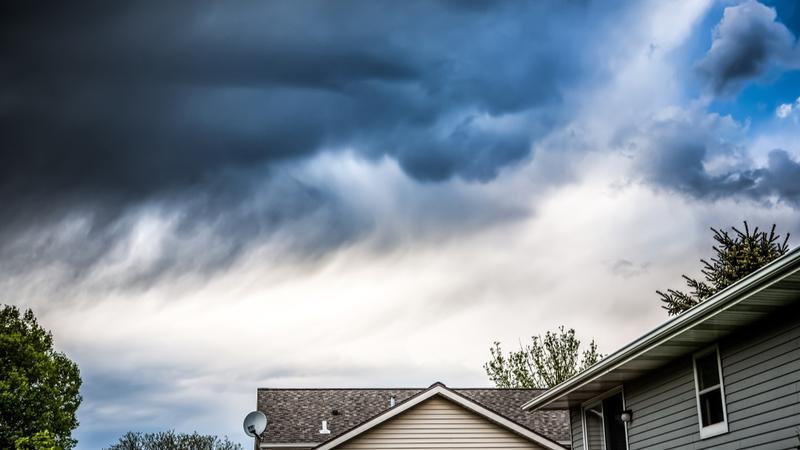High winds and rain have prompted Environment Canada to issue several weather warnings for residents of Nova Scotia, New Brunswick, Prince Edward Island and Newfoundland and Labrador. Several areas of southern Ontario, including Barrie, are expected to get freezing rain.
When severe weather threatens personal safety and may damage property, it's crucial to secure the well-being of family and friends as a priority. Atlantic Canadians should monitor changing weather patterns closely during the duration of the weather warnings.
Minimize the need to travel to get necessities during the storm. Make sure you have enough drinking water for everyone in your home and several days' worth of easy-to-prepare food. If you have a fireplace, bring enough wood into an easily-accessible and sheltered area near the house to serve as a heat source in case your home loses power.
Check supplies of prescription medications and visit the pharmacy for a refill if you expect to run out within the next week. If you have pets, make sure you have enough food on hand to see them through at least a week, as well.
Get your house ready for freezing rain, high winds, and snow
Preparing your home for a storm is an important part of keeping everyone who lives there safe until the weather returns to normal. Freezing rain, also called supercooled rain, glazes streets, vehicles, powerlines, trees, and buildings. In addition to creating nearly-impossible driving conditions, freezing rain is heavy enough to bring down power lines, destroy trees, and damage the roof of your home.
If you have time, cut tree limbs hovering close to windows and hanging over the roof of your home. Freezing rain will turn debris in your gutters into a solid mass, diverting water from melting ice into your home. If possible, make sure gutters and downspouts are clear.
Check the weather stripping on doors to make sure it's in good condition and makes full contact with the door frame. This limits drafts and preserves heat within your home. If necessary, replace weather stripping before the storm.
Caulk windows if you can feel cold air drafts. Weather stripping on moving panes of windows wears out over time, as well. Replacing it is inexpensive and simple. Keeping drafts out of your home is important to prevent frozen pipes and retain heat in case the power goes out as a result of the storm.
Pay special attention to areas of the home that are unheated where pipes may need extra insulation. Disconnect exterior hoses and drain outdoor water spigots. Add insulation around basement or attic plumbing if possible.
How your homeowner's insurance can help you recover from spring storm damage
Under certain circumstances, spring storm damage is unavoidable. Fortunately, a good homeowner's insurance policy can help cover the costs of repairing damage to your home and property. Review your policy to understand its limits and any deductibles you'll be responsible for paying.
It's important to know what's included in your Basic, Broad, or Comprehensive homeowner's package. If you don't feel ready for the upcoming spring storm and would like to get help comparison shopping for property insurance quotes, you can do so in just moments at InsuranceHotline.com.
